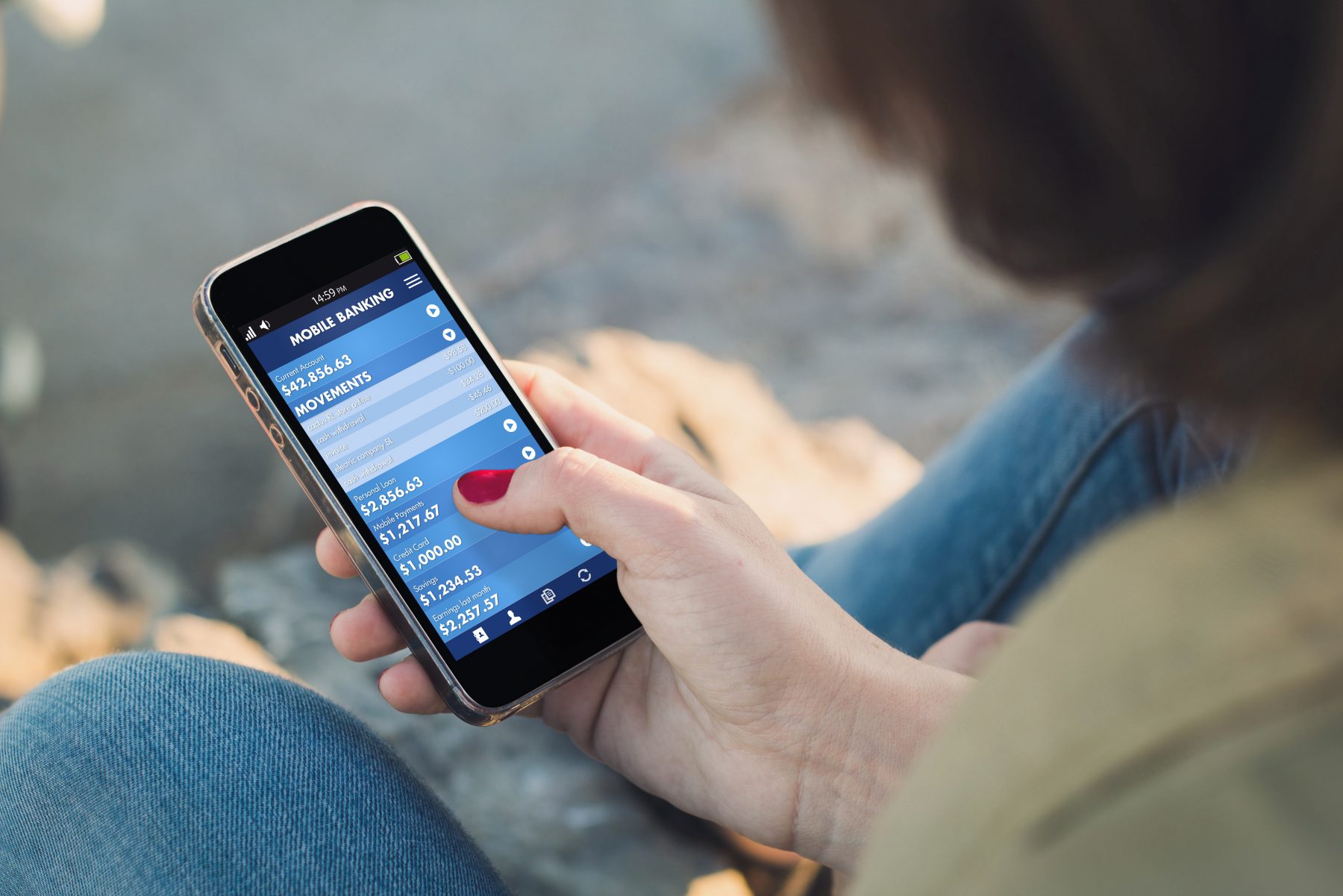
Best Practices – Mobile Banking
Mobile banking usage has tripled since 2009 to over 111 million users nationally (source: Statista). At the current growth rate, mobile banking could replace internet banking by total users within the next 7 years. Although mobile banking offers you the freedom to monitor your account, communicate with the bank and a host of other features, the convenience opens the opportunity for fraudulent activity. Although mobile banking is one of the safest digital tools, best practices must be used to ensure safety.
Password Protect Your Mobile Device – Keeping passwords on your device is the first line of defense against fraudulent activity. Lock the device when it is not in use and require a password to access. Do not use sequential passwords (1234) or passwords that have your information (address, your name, street). Consider using a pattern, fingerprint, or other authentication for access to your device. If you use Mobile Banking with Guaranty Bank, you have the ability to use a fingerprint sign on (if your phone is capable). Also, when using mobile banking, do not use public WIFI, but rather a secure access point that blocks others you do not know.
Do not expose sign on passwords – When logging into mobile banking, keep the password information masked so it is not sitting within the log in box. Also, always log out after use and do not use autofill for the password when logging in. These settings will help reduce risk if your device were ever in someone else’s hands.
Update your phone – Updates to your phone usually include bug fixes and patches. A patch is a piece of code that has been built specifically after a vulnerability has been detected. Do not delay updating a device when something has been released.
Delete bank text messages – Delete text messages from the bank after you have read them. Although there is no information within the text, it is still a best practice to not leave them on your device. As a reminder, your bank will never ask you for your account number, PIN, or any other personal information via text message.
If you lose your phone – If your phone is lost or you change your number, contact the bank immediately and have your mobile account put on hold. You will need to download the service again with your new device and go through the registration process.
Do not modify your device – If you have modified your device in any way from its original performance specifications, it is not wise to use mobile banking on the device. This includes phones or tablets that have been altered to improve performance, download third party software, change root files or enabling features that void warranties.
If you would like more information on mobile banking click here or call your local branch.